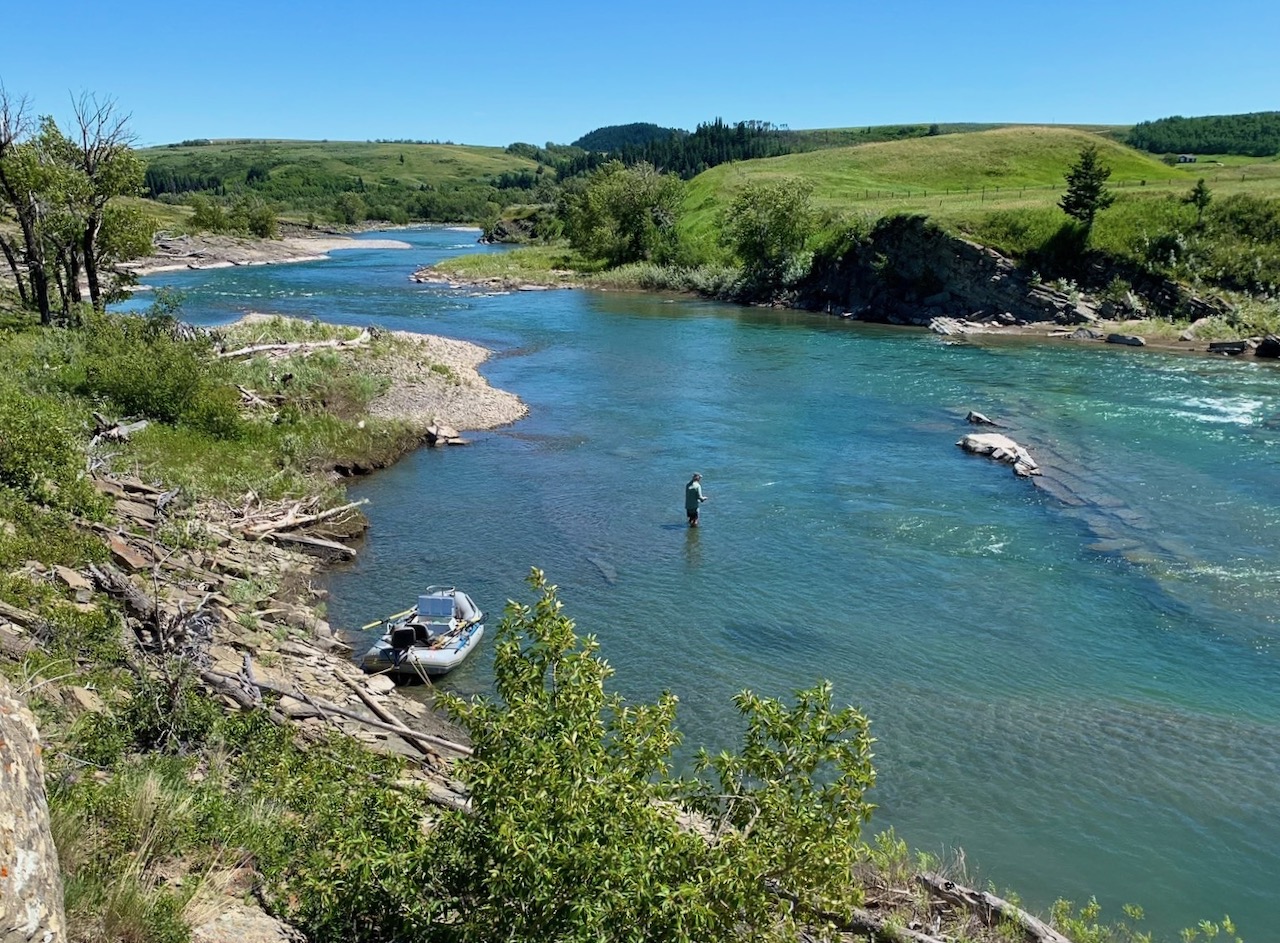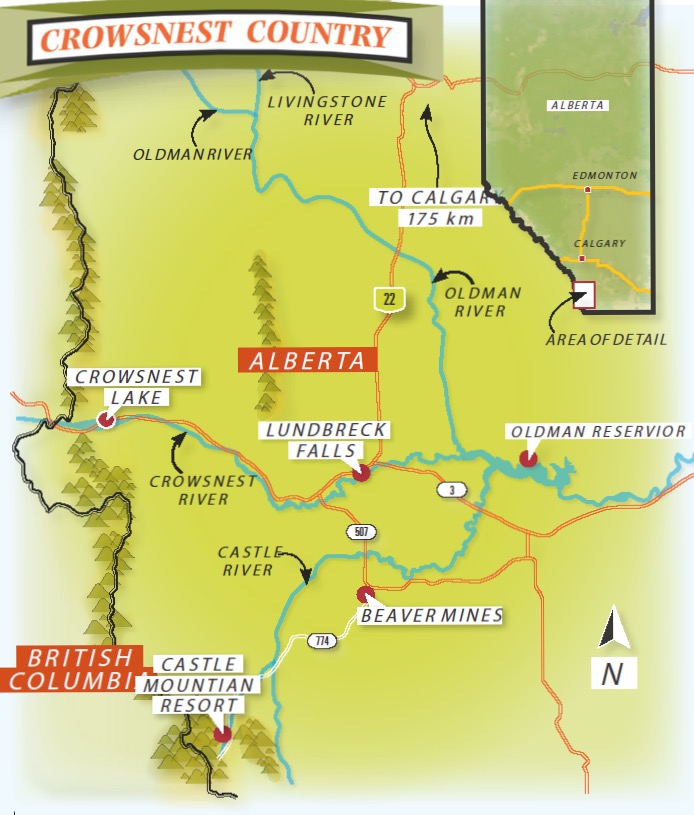A craving for Crowsnest Country
The allure of southwestern Alberta’s fabled trout streams keeps this angler coming back, year after year
Advertisement
WHERE, WHEN & HOW
Properly timing your visit to the Oldman, Castle and Crowsnest Rivers is critical, but as long as any runoff has past and water levels have receded, you can do well. It’s difficult to predict the exact timing of the hatches, but there’s no shortage of trout food available. I’ve gotten into the habit of sitting down for 10 or 15 minutes before making my first cast, waiting for the fish to show themselves and watching for any active hatches.
Advertisement
The lower reaches of all three rivers produce throughout the open season whenever water conditions are favourable. The colder upper reaches, meanwhile, dictate that the best fishing doesn’t begin until midsummer when the water has warmed and insect activity has picked up. The trout here, especially higher up, are not very picky, so virtually any bushy dry fly will produce. Lower down, particularly as the season progresses, the trout can be more finicky, and it pays to match the hatch.
You can have a ton of fun here throwing nothing but dry flies, and that’s what I do 90 per cent of the time—it’s purely a personal preference. Stimulators, Elk Hair Caddis, Parachute Adams and H&L Variants are among the more popular flies, but check in with one of the local fly shops for current fishing reports. If you’re after numbers of fish, a small bead-head nymph dangling 18 inches below your dry fly will add significantly to your catch rate.
Bull trout, including some very big ones, are surprisingly common throughout the region, and it’s not uncommon for one to reveal itself in a pool, chasing a struggling cutthroat or rainbow you’re attempting to land. To hook up with these bulls, especially the larger ones, get a big streamer pattern down deep; white and pink seem to be the favourite local colours.
Advertisement
An eight- to nine-foot 4- or 5-weight rod is ideal for most of these Crowsnest Country waters. On the lower stretches, the wind can be significant, so on some days a 6- or 7-weight is a better choice. Weight-forward floating lines are all you’ll require, unless you’re targeting bull trout in the very deepest pools.


